
Establishing Connections; Creating Transformations Encounters with Relationships


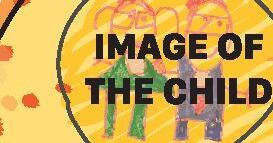





“Dare to dream and make dreams come true”
-To Hoai
At the core of the Reggio Emilia philosophy and our own, is the emphasis on building and sustaining relationships. We believe that strong communities are built on relationships.
So when we gathered as a teaching team early in the year, it was only right that we had many discussions about what we had been noticing in the classes when observing our children. How were they developing a sense of belonging? What were the signs of a community of learners connecting and how could we strengthen this?
We know that it is through responsive and reciprocal relationships with people, places and things that children have opportunities to try out their ideas and refine their working theories.
We noticed common threads that resonated throughout the school; attachment and change therefore Establishing Connections; Creating Transformations was born.
Empowering children to learn and grow requires teachers to foster children’s agency to create and act on their own ideas. So it was vital that the children were able to discover the connection between themselves and their environment, the connecting links between family and school, the relationships between materials and how all of these could be transformed.
Through the hundred languages we have explored these very broad concepts of connection and transformation in meaningful, age appropriate ways.It has also been a journey of discovering and strengthening the wonderful dispositions of learning we had noticed. The resilience, courage, curiosity, persistence and determination found in our children alongside the kindness and respect they were displaying as they connected and formed relationships. At the beginning of our project we also met Cricket. We honoured To Hoai,the great Vietnamese writer through his wonderful book written in the 1930’s ‘The Adventures of Cricket’. Connection and transformation were two very strong themes that ran throughout the story. Connection being the joining together in harmony that cricket discovered through the relationships he made and the transformation cricket undertakes throughout his journey, of his character, his beliefs, his attitudes and his way of life.We all felt cricket’s journey became our own.
Our journey moving from an ego-centric point of view towards an understanding of our influence on our community and our environment.
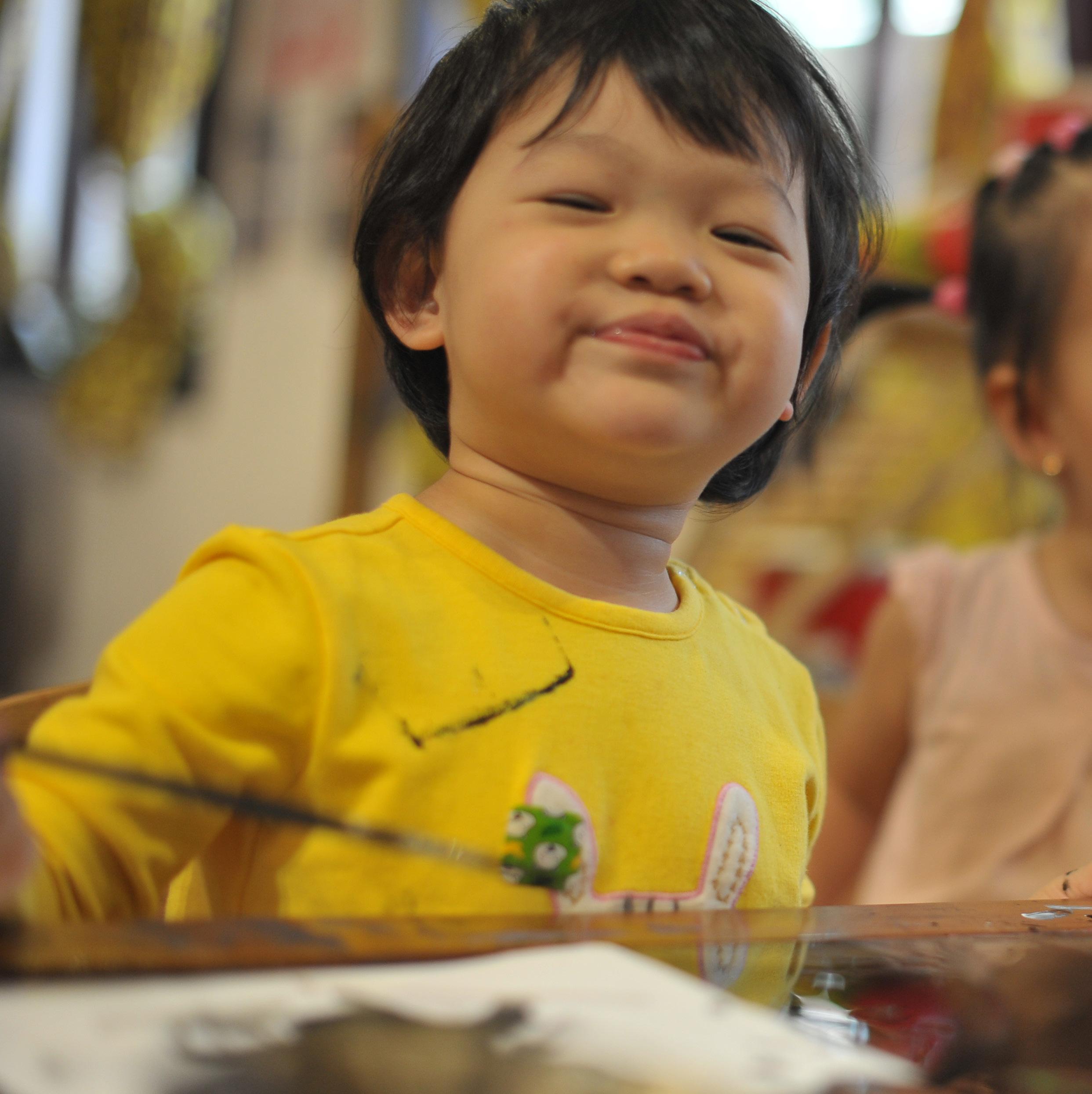
We began our year noticing the children have a marked interest in magnets. They were interested in constructing with the magnets and experimenting to discover which objects around our school are magnetic.




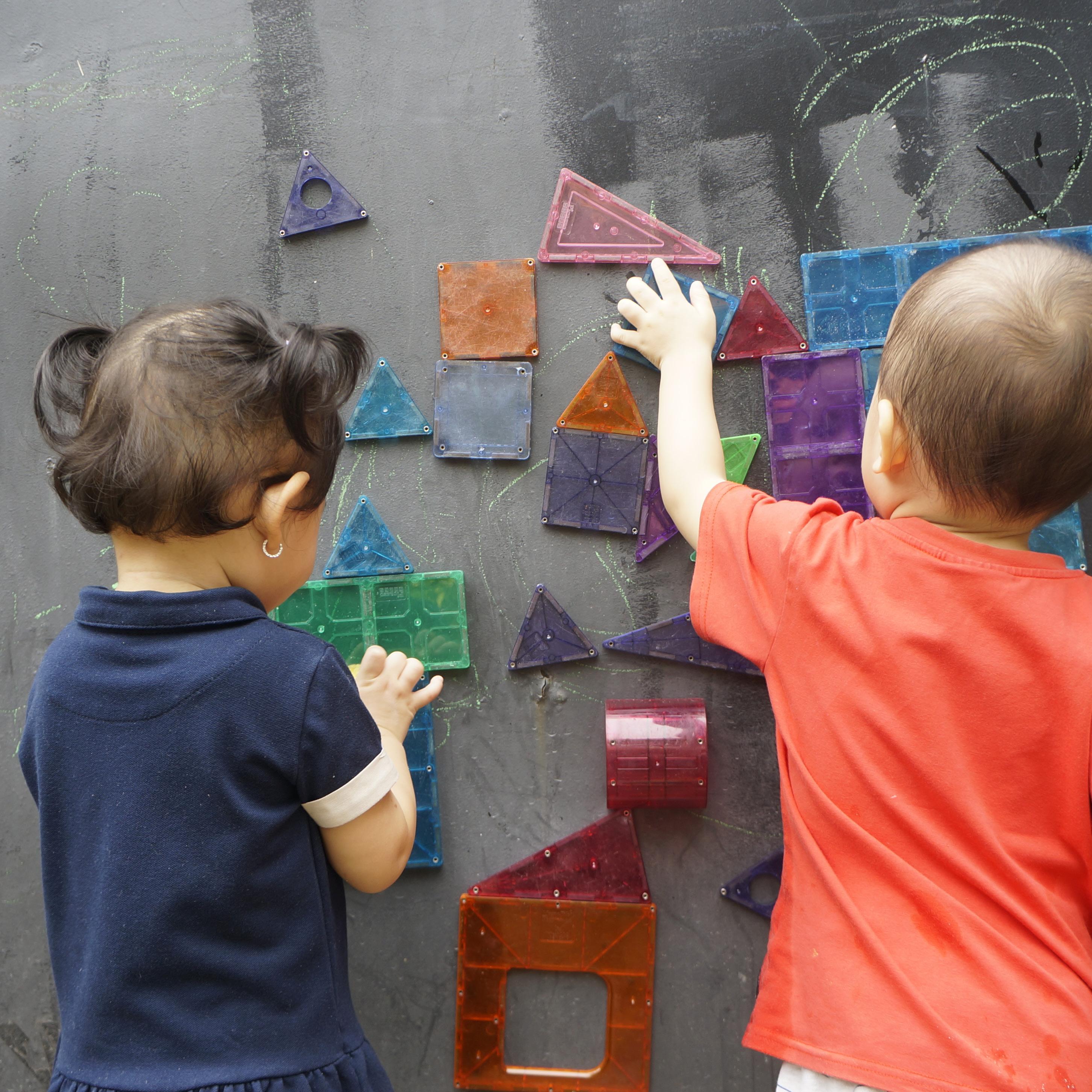

We built off the interest in experimentation by offering a simple science experience. The children dropped colored water into jars of oil with pipettes. They observed the way the water droplets suspend. An interest in color mixing was emerging.

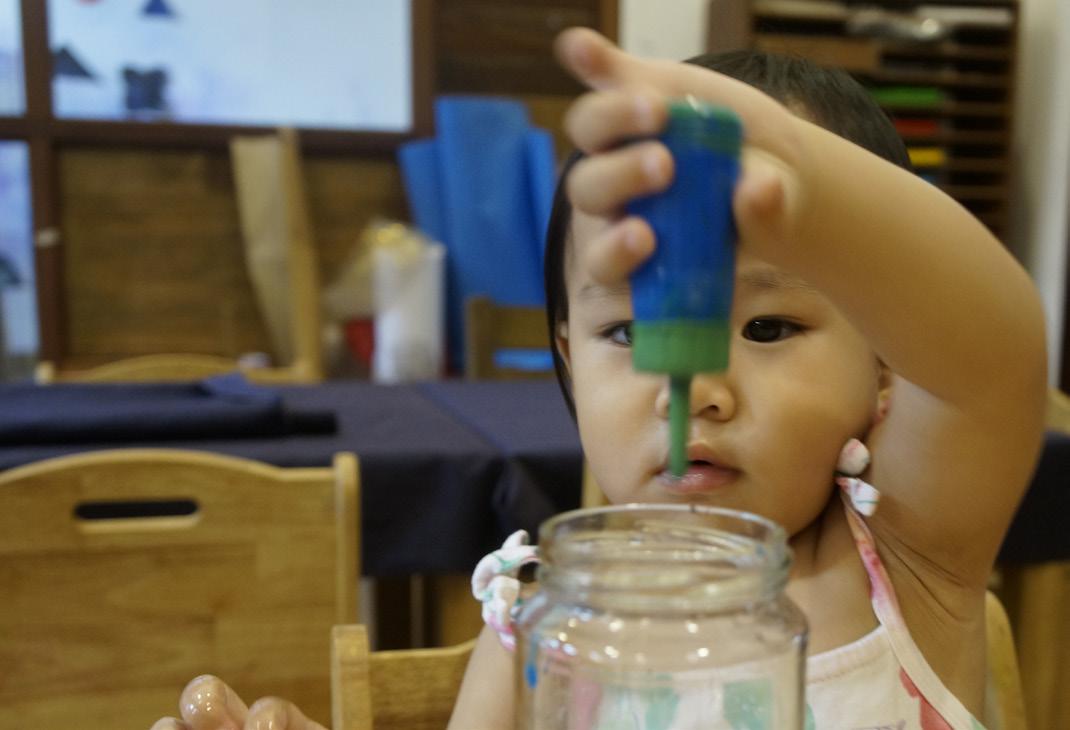


Following the interest of experimentation and mixing colors, we explored a variety of visual art provocations, inviting the children to paint with unconventional materials. We explored making our own paint with butterfly pea flowers, using recycled items like bubble wrap and plastic tubes, and printmaking with blocks.



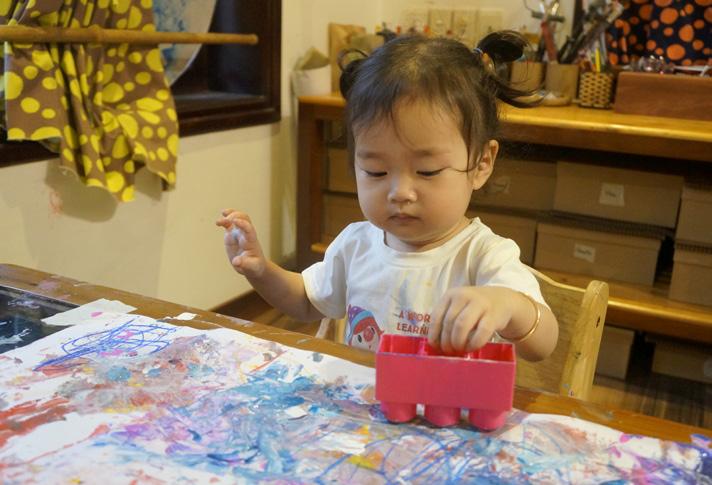




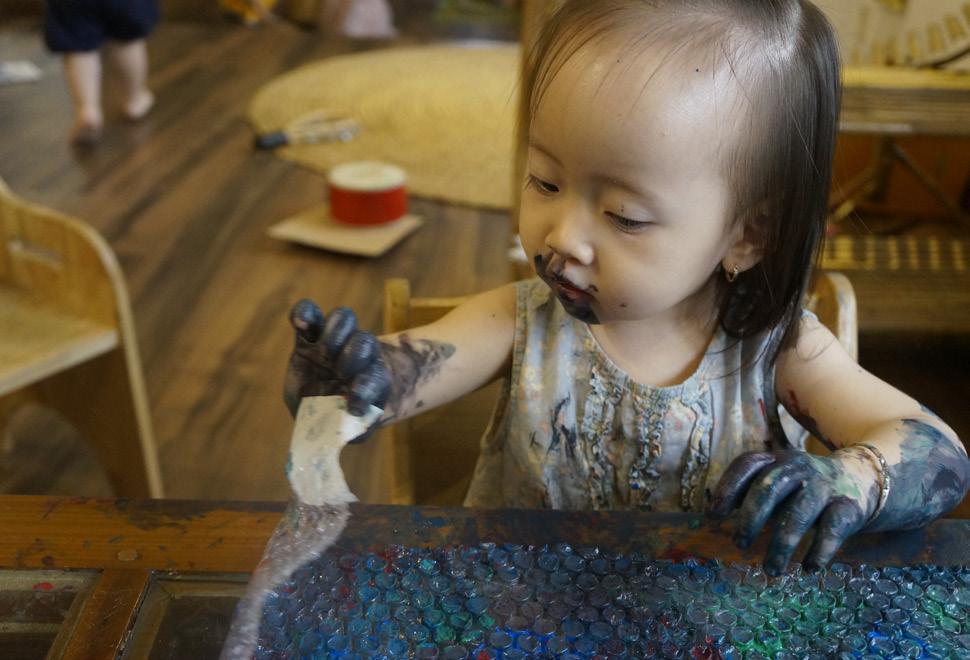



Our interest in exploring connection and relationship between materials led us to question how the children would interpret a variety of visual art materials offered at the same time. Would the children want to draw or paint? How do these materials support and enhance each other? We created a series of monochromatic murals in red, purple, green, and blue. The children were offered oil pastels, crayons, colored pencils, and paint. They worked for many weeks to layer and create their final piece.
This led us to further explore mixing media, inviting the children to choose the materials and colors they were interested in creating with.






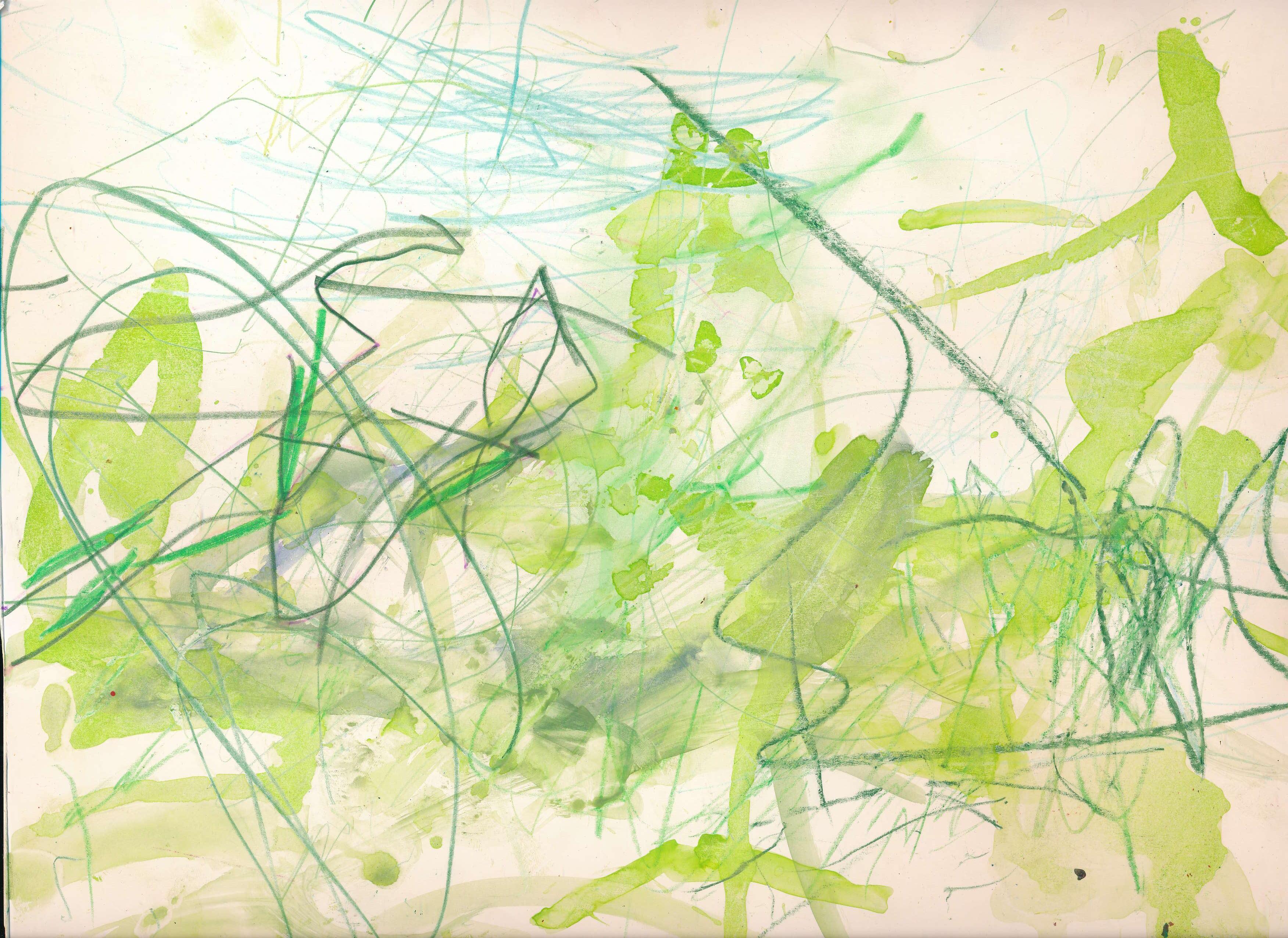

Technology is a material in our classroom, just like books, blocks, or paint. It is available for the children to explore and interpret, to discover and manipulate. The light atelier is a brilliant space for us to explore our connection to technology and ability to interact with it in a meaningful way. We explored the properties of light and shadow, we tinkered with machines, we discovered the power we hold as individuals to transform a space and manipulate objects.


Technology as a Language and Material: The overhead projector is always offered in the light atelier. The children experiment with materials including perspex blocks, colored cellophane, Magnatiles, loose parts, and shadow puppets in connection with the overhead projector. How does the projector enhance or alter these materials? How do they work together? How does the machine itself work?
We had discovered how the overhead projector is used in connection with our classroom materials, adding new perspectives and dimensions to our typical experiences.












We began our exploration by approaching the material in a large form with no other tools or objects. We offered a big block of clay on a plastic sheet and invited the children to explore the material freely with no directions or expectations.
The children explored the material with their fingers and hands, even their feet. They poked, pulled, smushed, rolled, and examined the material. They smelled it and some even tried a taste. They were experiencing the material and investigating with all their senses.
Where to next? We continued exploring the large block with our bodies and senses in small groups, altering the group members to see how this changes the experience and the children’s investigations. From there we would introduce simple pottery tools. Would the children prefer the tools or their hands? In what ways could we use the tool? What could you do with a tool that you couldn’t do with your hands? What could you do with your hands that you couldn’t do with the tools?





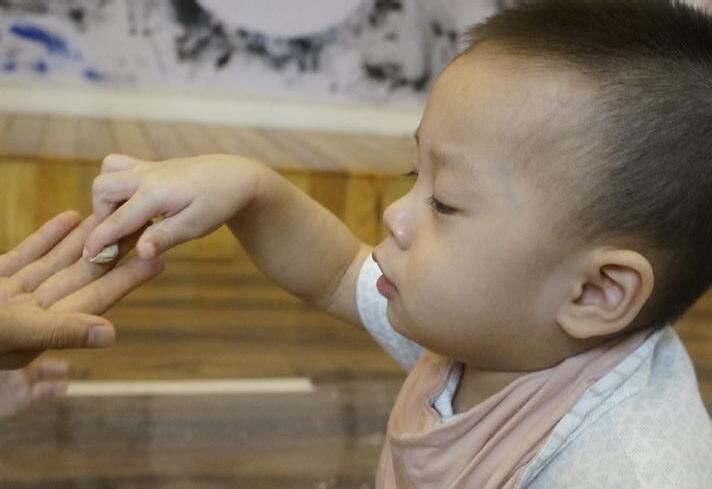

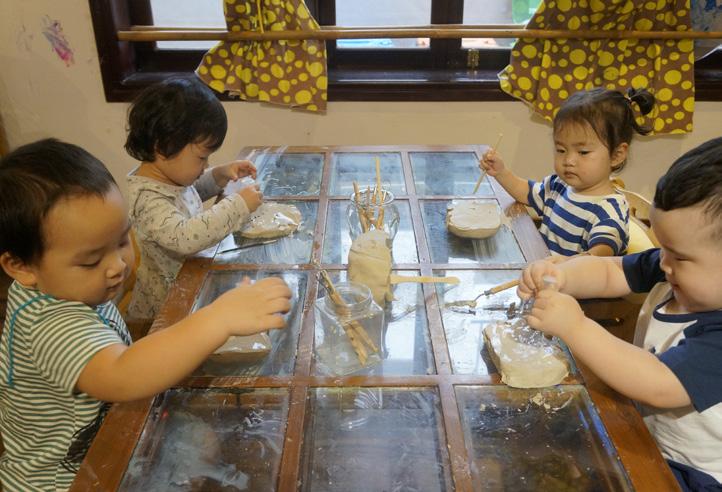

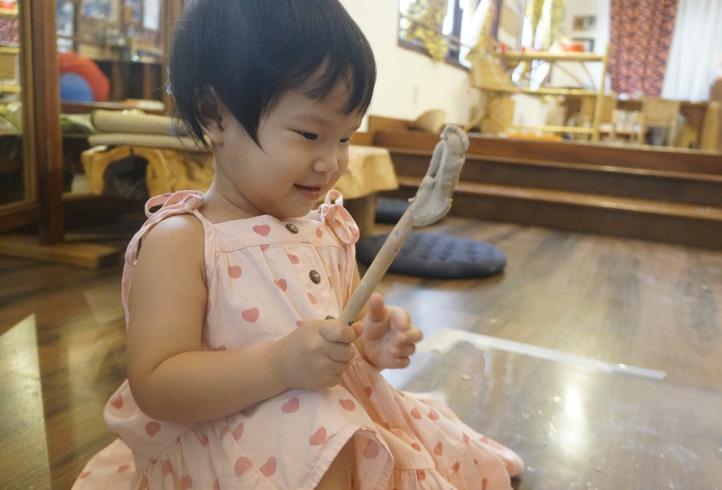








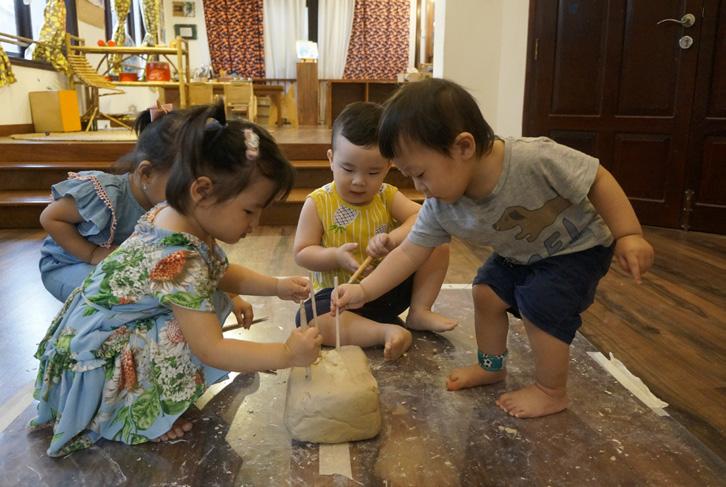
When we introduced pottery tools, we began to divide the children in small groups to interact with the clay. We experimented with different groupings, pairing children based on interest level. How does a child who loves clay inspire their friend who is not as interested? How do two children who love clay enjoy the experience together? What can we learn from watching our friends? How do we share and negotiate a space and the materials? How can we communicate an idea with each other? The set-up is an invitation to collaborate and co-create.
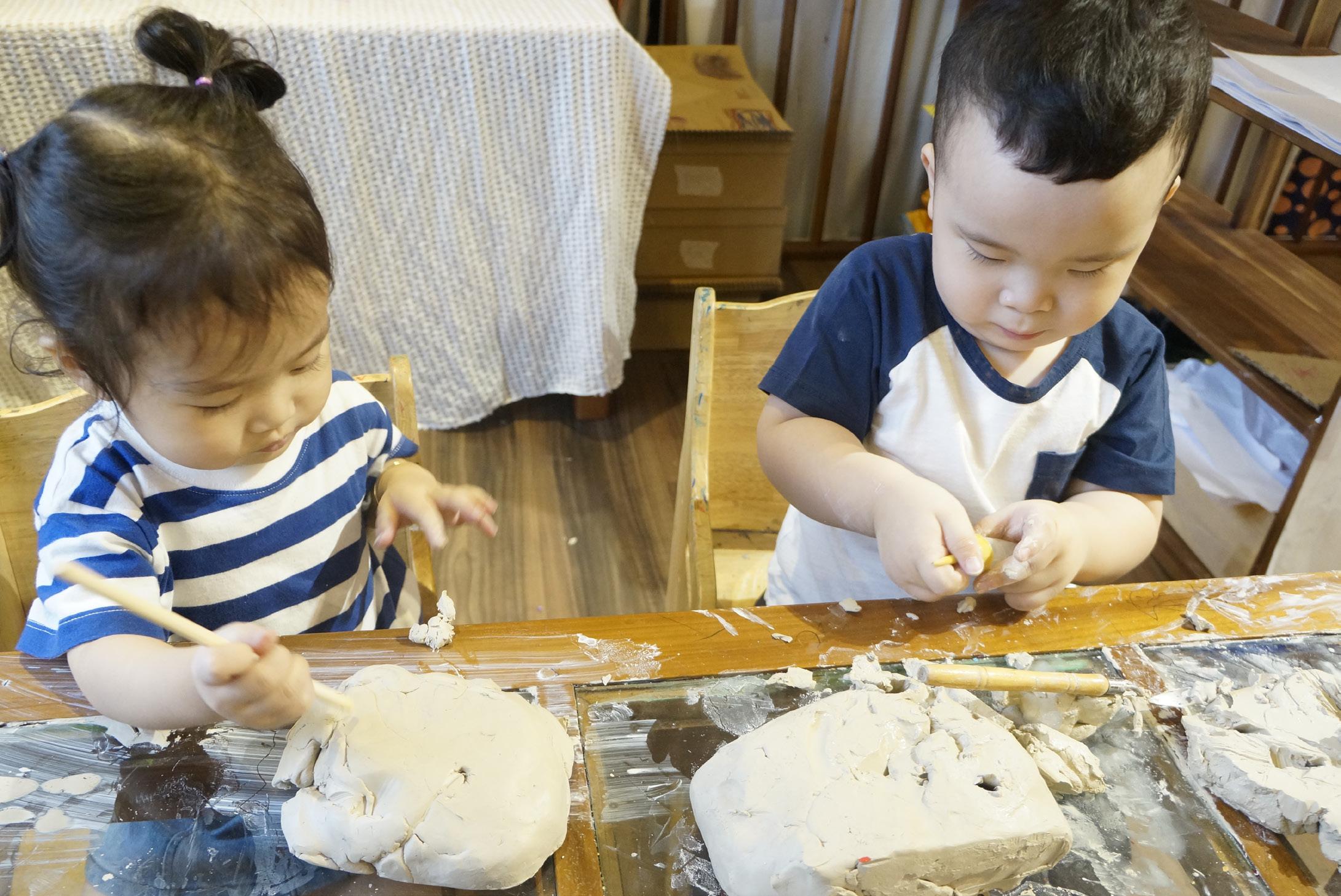
Soon our confidence had grown and we began to invite the children to work independently with pieces of clay. The focus continued to be on how to use other materials with the clay from pottery tools to natural loose parts, we explored how materials interact and support each other. Our explorations are not product based, rather the process of exploring the connections between the tools, the loose parts, and the clay remains our focus.
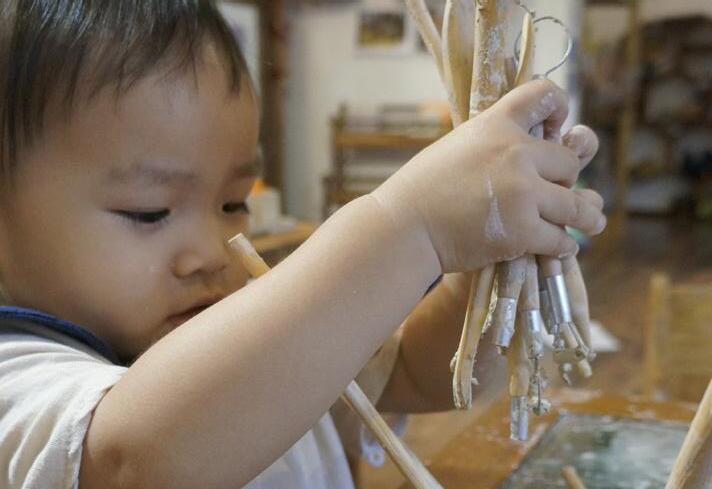




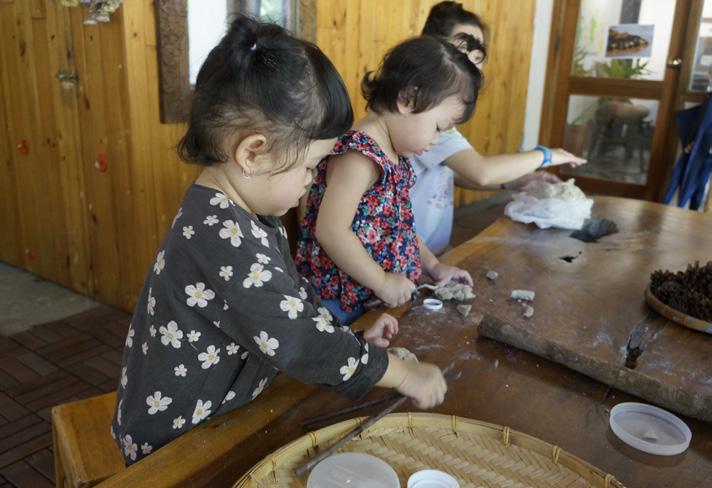
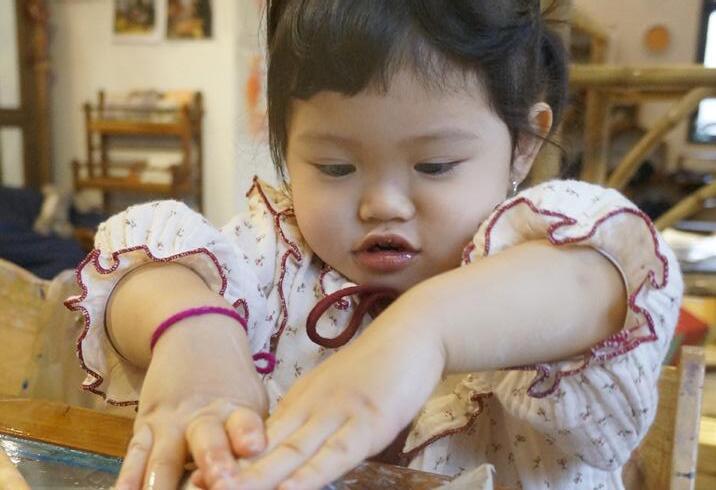



As we grow together, we form friendships and bonds. The Palm children learned not only how to collaborate and share a space together, but how to look after one another. We noticed children helping each other, holding hands during transition times, fetching each other’s water bottles, assisting each other in dressing and undressing. There are beautiful relationships that developed in our classroom with a deep sense of community and collectivism.




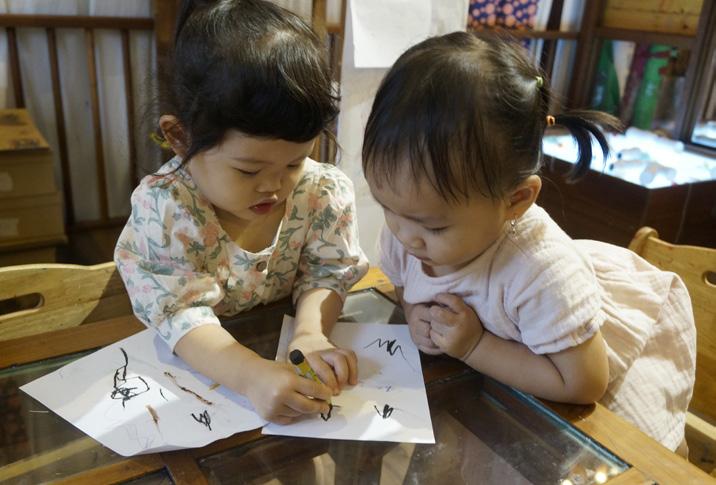





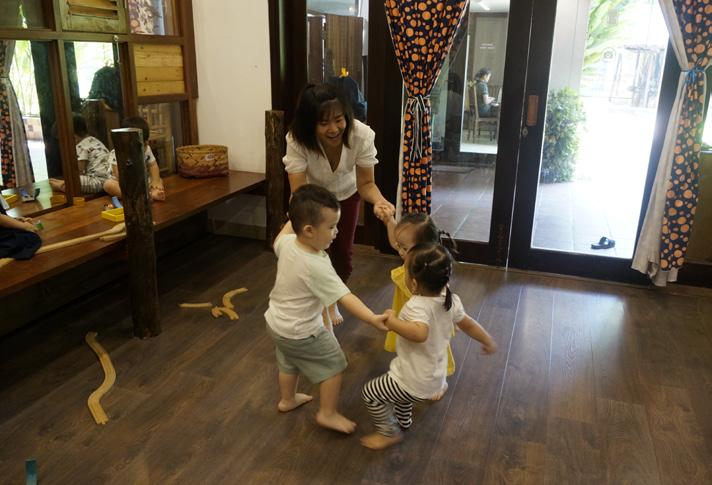



Copyright 2021 Aurora International School Of The Art © Spring Hill Education Vietnam®. All rights reserved.
11 - 11A - 13 Tran Ngoc Dien, Thao Dien Ward, Thu Duc City, Ho Chi Minh City, Vietnam. +84 (028) 3744 2991 www.aurorareggio.com Scholastic Year 2020/2021